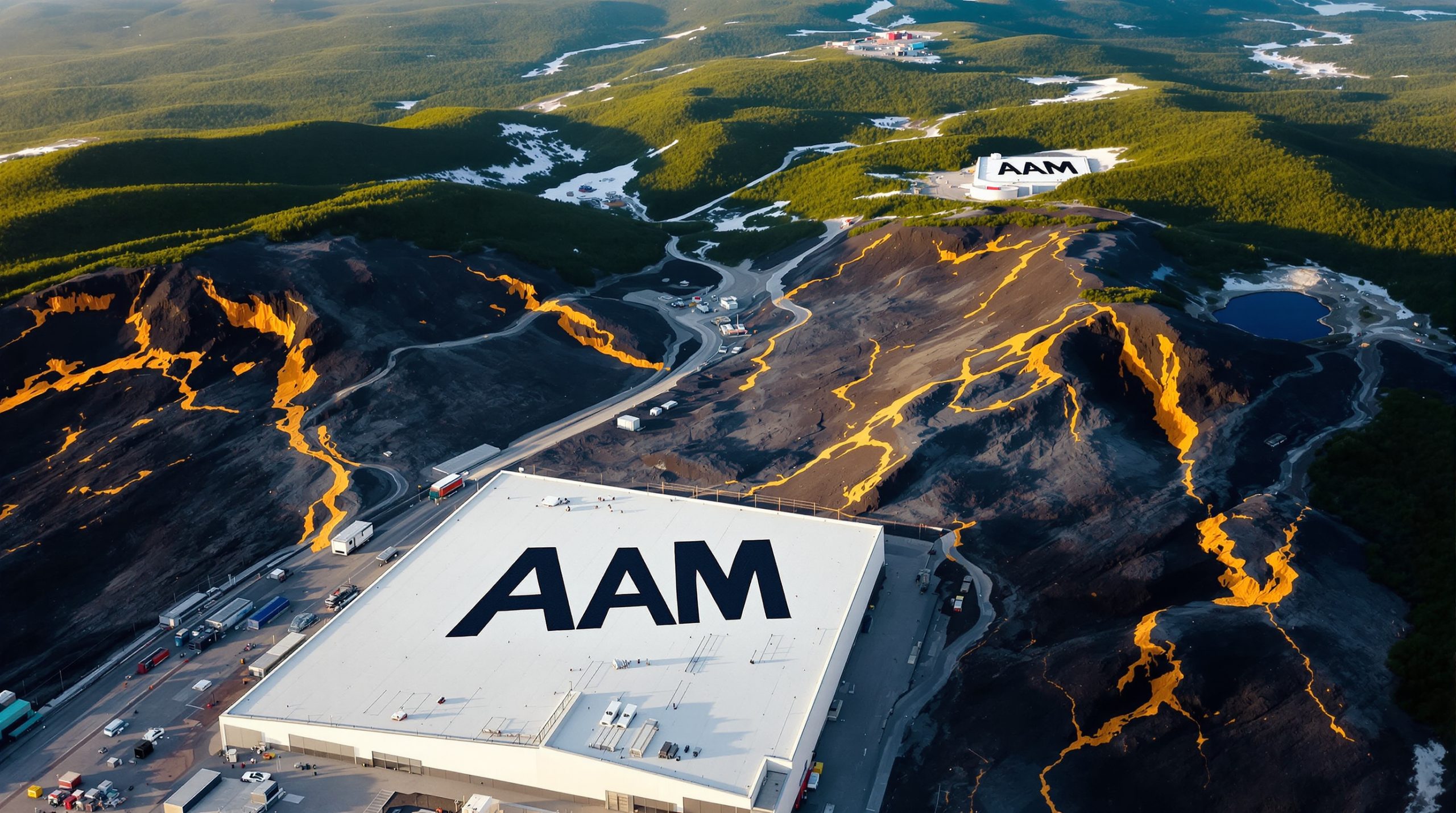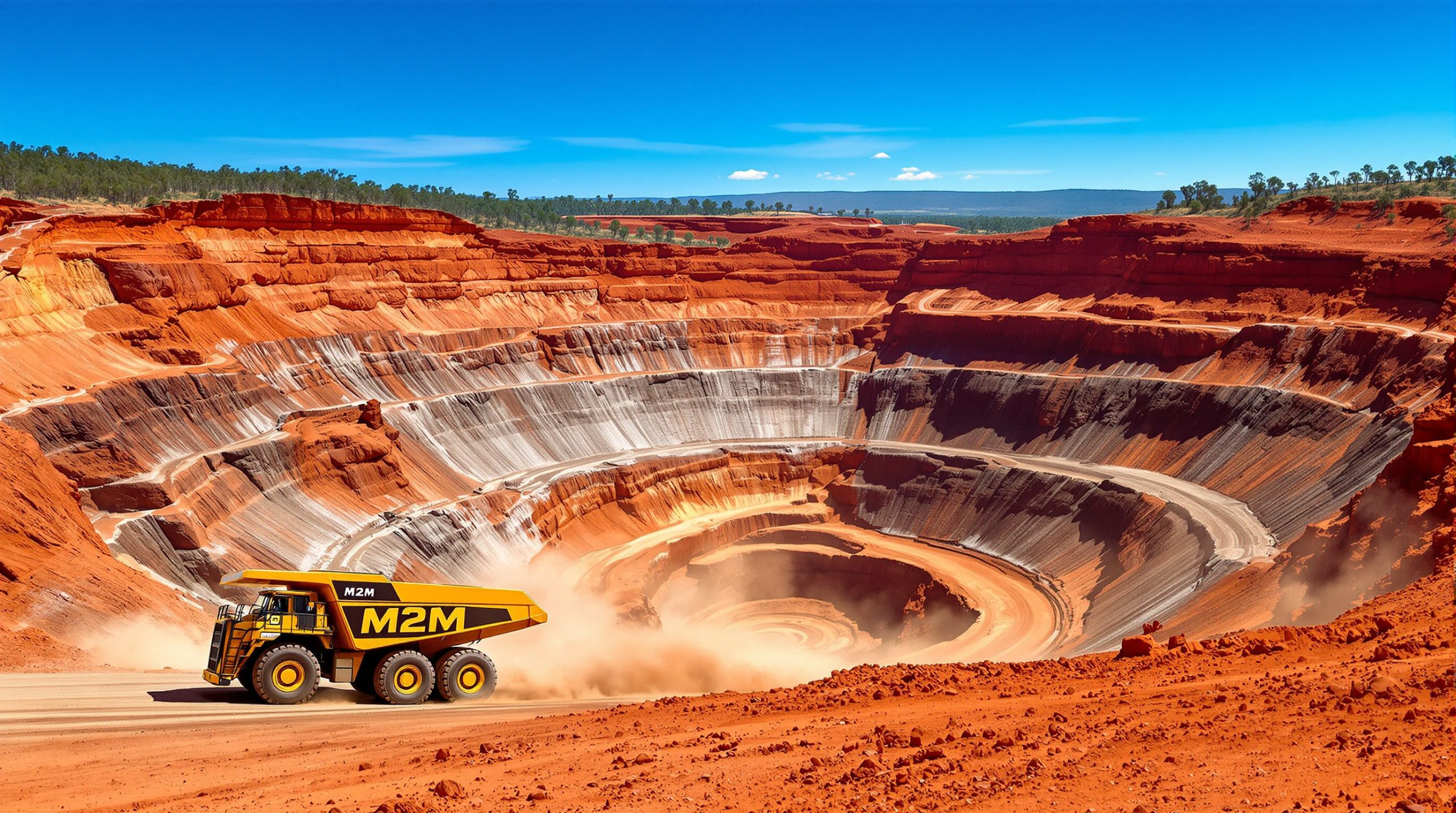High-Grade Gold Discoveries Light Up Thunderbird's Kookabookra Project
Thunderbird Resources (ASX: THB) has unveiled significant high-grade gold results from surface sampling at its 100%-owned Kookabookra Gold Project in New South Wales, reinforcing the project's potential to host a large-scale intrusion-related gold systems and their characteristics.
New Discoveries and Expanding Footprint Strengthen Resource Potential
Recent rock chip and grab sampling across several target areas has returned impressive assay results, particularly at the Bear Hill prospect, where grades reached up to 17.35 g/t gold. The Butchers Reef prospect, located approximately 1km northwest of Bear Hill, returned gold grades up to 2.79 g/t.
Most notably, the company has identified an exciting new target called Kojak in the northern part of the project area. This previously undocumented group of historical workings has produced rock chip samples with exceptional grades up to 23.0 g/t gold. The mineralisation at Kojak is associated with a northeast-trending fault potentially extending over a 400-meter strike length.
"We are very encouraged by these latest assay results, which continue to support the significant exploration and discovery potential we see at Kookabookra. The field team collected additional high-grade samples not only at known prospects such as Bear Hill and Butchers Reef, but also at the newly discovered Kojak prospect which provides the Company with another distinct target within the broader project area," said Executive Chairman George Ventouras.
Multiple High-Grade Zones Point to Significant Mineralised System
The latest sampling program collected 79 samples across the project area, focusing on the Bear Hill, Butchers Reef, Central (Kookabookra Goldfield), Mt Secret, Mannix, and the newly identified Kojak prospect areas.
Key highlights from the sampling program include:
| Prospect | Best Gold Results |
|---|---|
| Bear Hill | Up to 17.35 g/t Au |
| Butchers Reef | Up to 2.79 g/t Au |
| Kojak (New) | Up to 23.0 g/t Au |
| Mt Secret | Up to 1.35 g/t Au |
| Central (British Lion Reef) | Up to 1.56 g/t Au |
Mineralisation at Bear Hill and Butchers Reef occurs in veins and fractures within metasiltstone and monzogranite, associated with trace amounts of arsenopyrite and galena. The quartz veins generally strike east-northeast and dip to the south.
At the newly discovered Kojak prospect, mineralisation is hosted within granite and associated with a 3-meter wide fault zone trending north-northeast and dipping west. The fault zone contains approximately 10% quartz veining and boxwork textured goethite.
Understanding Intrusion-Related Gold Systems
The multi-element geochemistry at Kookabookra indicates different styles of gold mineralisation that potentially represent various parts of a large intrusion-related gold system.
Intrusion-related gold systems (IRGS) are a distinct class of gold deposits that form in association with intrusive igneous rocks. These systems typically feature:
- A central intrusion that serves as both the heat engine and sometimes the host for mineralisation
- Different mineralisation styles emanating outward from the intrusion
- Distinctive geochemical signatures with gold commonly associated with elements like bismuth, tellurium, and arsenic
At Kookabookra, the gold mineralisation at Butchers Reef and Bear Hill is associated with anomalous arsenic-antimony (±tungsten), while at Mannix-Mt Secret, gold mineralisation is associated with elevated bismuth-tellurium-molybdenum (±arsenic).
This pattern suggests Mannix-Mt Secret may represent a more intrusion-proximal setting with disseminated and sheeted vein-style mineralisation, while Bear Hill/Butchers Reef and Kookabookra represent more distal, fault-controlled vein-style mineralisation within the larger system.
Pathway to Drilling Advancing Rapidly
Thunderbird is accelerating its path to drilling, with drill permit applications for the Mannix and Mt Secret prospects to be submitted in August. The drilling will test recently outlined IP chargeability anomalies and follow up on historical drilling, particularly at Mannix where all 12 historical RC drill holes intersected low-grade mineralisation with several ending in mineralisation.
Follow-up work at Bear Hill/Butchers Reef has already commenced with geochemical soil sampling and more detailed geological mapping currently in progress. Additional soil sampling is planned for the Mannix area and the new Kojak and Columbo prospects.
Once the soil sampling and mapping programs at Bear Hill/Butchers Reef are completed, planning for a drill program at these targets will commence.
Investment Thesis: Multiple Paths to Discovery
Thunderbird Resources presents a compelling investment case based on several key factors:
-
Multiple High-Grade Targets: With numerous high-grade gold occurrences across the project area, the company has multiple shots at a significant discovery.
-
New England Orogen Potential: The project is located in the New England Orogen, a highly prospective mineral belt that has delivered more than 20 million ounces of gold.
-
Systematic Exploration Approach: The company is following a methodical exploration process, building a solid geological understanding before committing to drilling.
-
Exploration Upside: Despite the promising results to date, the company has explored only a small percentage of the total Kookabookra Project area.
-
Discovery Potential: The intrusion-related gold model suggests the potential for a large-scale gold system, similar to the Kidston deposit in Queensland which delivered over 5 million ounces of gold from exceptional heap leach recoveries in some cases.
Why Investors Should Follow Thunderbird Resources
Thunderbird Resources offers investors exposure to a promising gold exploration story with multiple catalysts on the horizon. The company's Kookabookra Project continues to deliver high-grade gold results across an expanding footprint, with the newly discovered Kojak prospect opening up a new part of the tenement area.
With drill permit applications being submitted and ongoing soil sampling and mapping programs, investors can expect a steady flow of news as the company advances toward its maiden drilling program. The project's location in the highly prospective New England Orogen, which has delivered more than 20 million gold ounces, provides further confidence in the gold discovery at Mulgabbie North.
"What is most exciting is that every field program we've conducted has revealed more targets, and we have still only explored a very small percentage of the total area of the Kookabookra Project. We can't wait to see what the drill rig can deliver on our tenements!" added Executive Chairman George Ventouras.
The gold discovery at Thunderbird Resources represents a significant milestone in the company's exploration journey. As the company continues to uncover high-grade gold across multiple prospects, the Kookabookra Project is emerging as a potentially major gold system within the New England Orogen, similar to recent gold and antimony discoveries in other regions of Australia. Furthermore, this project shares geological similarities with major gold-copper discoveries in North Queensland, highlighting the significant potential across different Australian mineral provinces.
Looking for Your Next High-Potential Gold Investment?
Discover why high-grade gold discoveries like Thunderbird's can lead to significant market returns by exploring Discovery Alert's dedicated discoveries page, where our proprietary Discovery IQ model delivers real-time alerts on ASX mineral announcements, helping you stay ahead of the market. Visit https://discoveryalert.com.au/discoveries/ to begin your 30-day free trial today.




